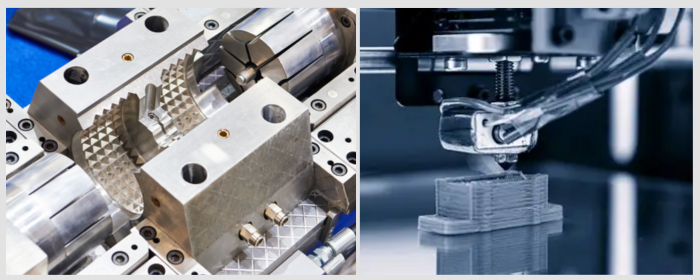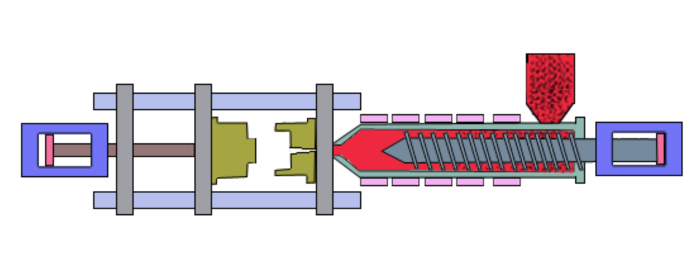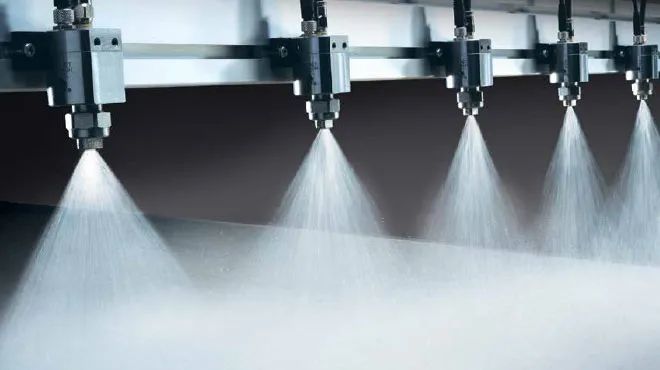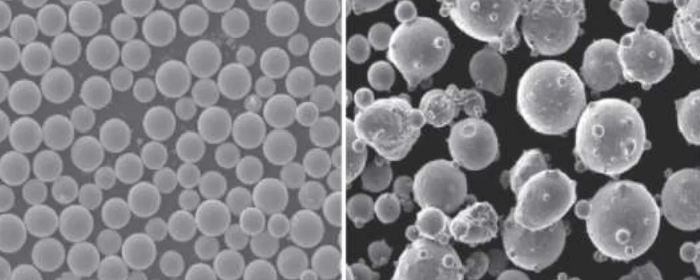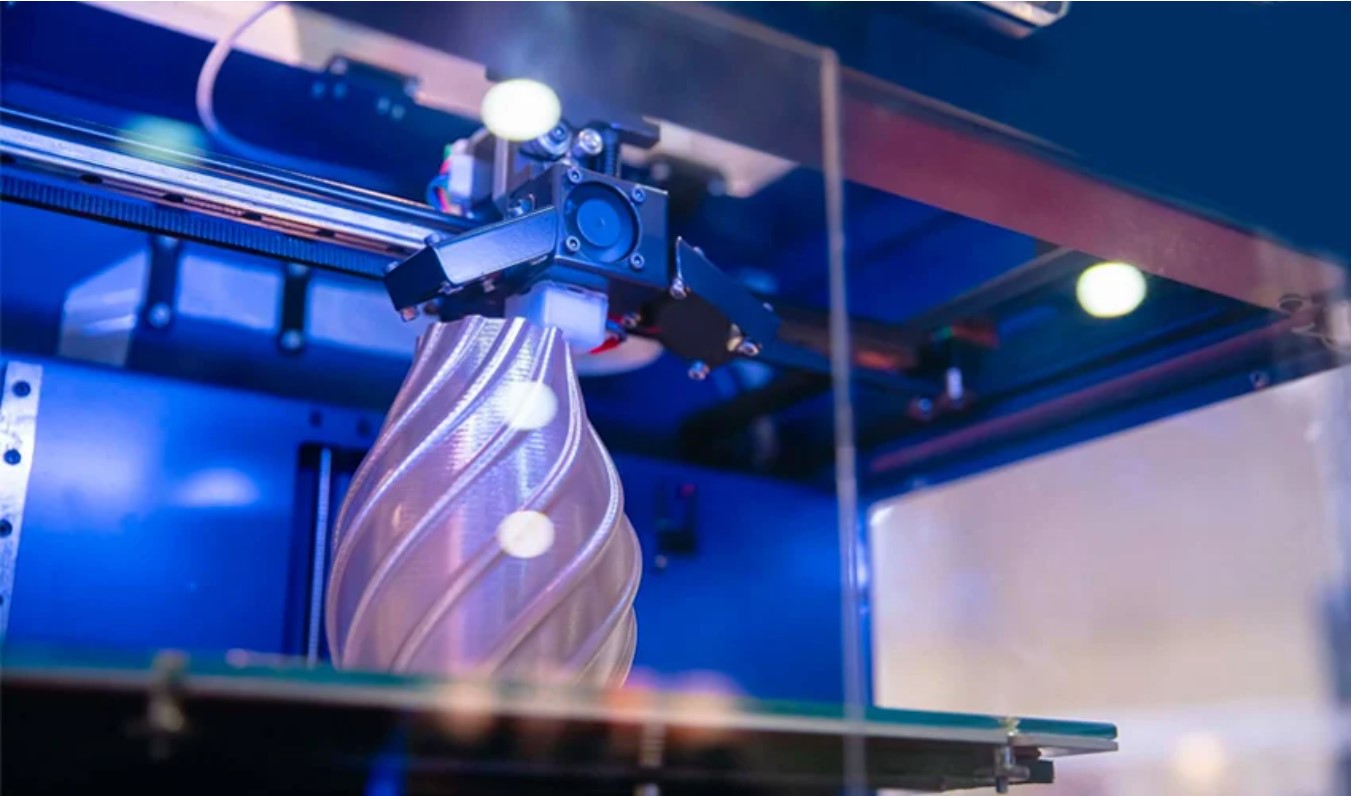

Silicon powder (Si powder) is an important industrial material, widely used in electronics, semiconductors, solar cells, building materials, and other high-tech fields. As one of the most abundant elements on Earth, silicon possesses excellent physical and chemical properties, making it highly valuable in various applications.
Silicon powder typically refers to silicon blocks, crystals, or minerals that are ground or synthesized into micron- or nano-sized particles through physical or chemical processes. Based on particle size, Si powder can be categorized into coarse Si powder, micro Si powder, and nano Si powder. It can exist in pure silicon form or as alloys and compounds such as silicon oxide.
Although micro silicon powder and micro silica powder have similar names, they are different materials. Silicon powder is a fine powder made by mechanically or chemically processing quartz or other silicon-containing minerals. It is widely used in the electronics, plastics, and rubber industries due to its excellent insulation and heat resistance.
In contrast, micro silica powder (silica fume) is a byproduct of producing ferrosilicon or metallic silicon, with much finer particles. It is primarily used in concrete and refractory materials, where it enhances the strength and durability of the materials. The two differ in particle size, production process, and application fields.
.png)
Fig 1. Nano Si powder and micro silica powder
As a high-performance material, silicon powder is widely used in fields such as electronics, construction, chemicals, and energy. Its broad use is due to its unique physical and chemical characteristics.
The properties of Si powder vary depending on particle size, shape, and purity. However, its core characteristics include:
Since silicon is reactive, it does not exist in its pure elemental form in nature. Silicon naturally occurs in the form of silicon dioxide or silicate compounds. Therefore, the commercial production of silicon powder involves the processing of natural minerals and chemical raw materials. The following are the main preparation methods.
The metallurgical method is the most common way to produce silicon powder. It involves reducing quartz (silicon dioxide) at high temperatures to obtain metallic silicon, which is then crushed into silicon powder. The steps are:
The CVD method is often used to produce high-purity, ultra-fine silicon powder. The process includes:
The mechanical crushing method is a traditional way of producing silicon powder by physically breaking down silicon chunks into fine powder. The process includes:
The plasma method is an advanced technique for producing silicon powder. It uses high-temperature plasma to vaporize silicon, which is then cooled into ultra-fine Si powder. The process includes:
Silicon powder can be widely used in electronics, photovoltaic, chemical, metallurgical and other industries.
Silicon powder is most famously used in the electronics and semiconductor industries. Silicon crystals are the basis for integrated circuits (ICs) and semiconductor devices, while ultra-fine Si powder is widely used in the production of transistors, diodes, solar cells, and other electronic components. Thanks to its semiconductor properties and stability in high-temperature and corrosive environments, Si powder plays an irreplaceable role in the electronics industry.
.png)
Fig 2. Semiconductor and Electronics Manufacturing Products
Silicon powder plays a central role in the solar photovoltaic industry, particularly in the manufacture of monocrystalline and polycrystalline silicon solar cells. High-purity silicon powder is processed into silicon wafers, which are then used to efficiently convert sunlight into electricity. With the growing global demand for clean energy, Si powder's application in the photovoltaic industry has a bright future.
.png)
Fig 3. Monocrystalline silicon panels and polycrystalline silicon panels
Due to its high melting point and mechanical strength, silicon powder is widely used in the production of high-performance ceramics, refractory materials, and powder metallurgy products. In these fields, Si powder provides excellent heat resistance and corrosion resistance, making it suitable for engine components, aerospace materials, and more.
Silicon powder is widely used in the chemical industry to synthesize organosilicon compounds, silicone resins, and silicone oils. These materials are commonly used in coatings, sealants, lubricants, and more. Additionally, Si powder is used to produce specialty chemicals, such as silicon-based catalysts and reagents.
.png)
Fig 4. silicone resins
With the development of the photovoltaic, electronics, and new energy industries, the demand for silicon powder continues to grow. In particular, with ongoing breakthroughs in new energy battery technologies, the application of Si powder as a high-capacity anode material is expected to become a significant growth area in the future. Additionally, the potential applications of Si powder in green, environmentally-friendly materials and the aerospace industry further enhance its market prospects.
As demand increases, the development of silicon powder also faces challenges that need to be overcome.
Silicon powder, as a versatile material, is widely used in numerous fields due to its unique physical and chemical properties. Whether in electronics, the photovoltaic industry, or in construction and the chemical industry, Si powder plays an irreplaceable role. With continuous advancements in technology, the preparation methods and application scope of silicon powder will further expand, making it even more valuable in future high-tech fields.
Stanford Advanced Materials (SAM) is a high-quality supplier of metal powders. The company provides high-purity silicon powder (including various particle sizes: 30nm, 100nm, 1-1000um). If you are interested, please come and get a quote.
Related articles:
Silica and Silicon Powders: A Guide to Their Properties and Uses

